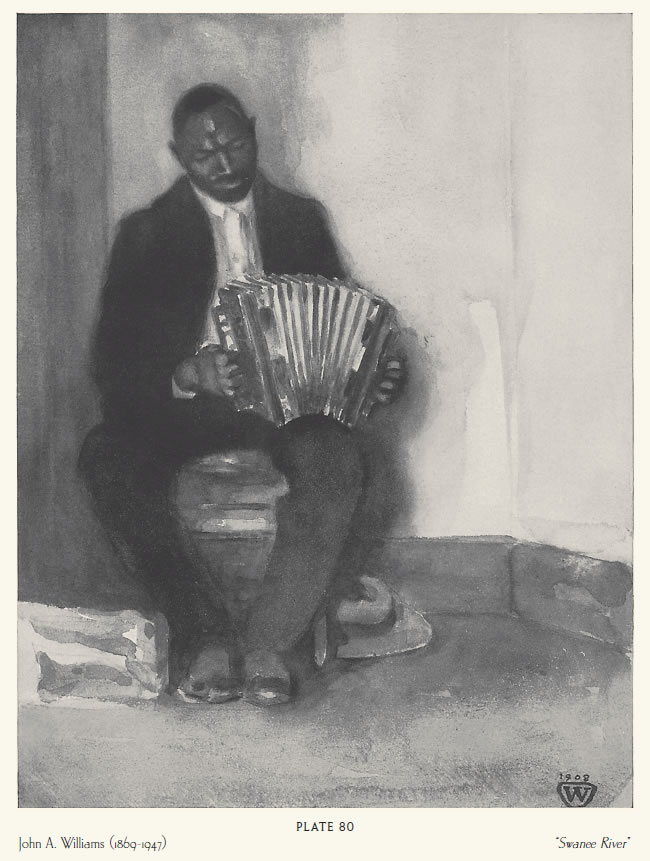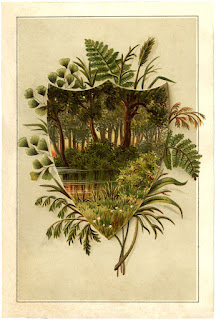Those of you who are interested in tracing your Native American ancestry may find that the 1950 census is helpful to you because there was a special INDIAN RESERVATION SCHEDULE on April 1, 1950.The enumerators wrote out the information on Native Americans on the regular census forms. THEN THEY ALSO FILLED OUT THE INDIAN RESERVATION SCHEDULE.
1950 was not that long ago - only 72 years. Which means that some of the Native Americans counted on this census may be your parents, grandparents, or great-grandparents.
Some people want to know if they have Native American heritage because they wish to claim some government benefits and become members of a tribe. Now, exploring this, I've always been told that tribes already know who the members are and how important it is to be 'card carrying' and even how important it is for a woman to have a baby on the reservation in order to be recognized by a tribe. When I've written to tribes to ask for their help so that a person who believes they do have a right to be part of a tribe can be acknowledged, I never get an answer.
I once belonged to a Native American interest group and some of the people there told stories that there were rumors in their family that a certain grandparent or great grandparent was Native American but then they also were warned that person did not want to talk about it.
I've also encountered on old census families that were counted who had some children listed as White and some Black - because of their darker skin. When I saw family photos of those children it was clear to me that they were not African-American. What was going on? It was thought that it was better to be listed as Black than Native American, prejudices being what they were in some parts of the country.
DNA tests are often proving that Native American rumors are also often not true when African-American's get tested. That I heard out of the mouth of the famous Louis Henry Gates. What is going on? I guess just the opposite. Some people thought having Native American ancestry was a plus
Let's look at this opportunity to learn more.
They want to know if that person HAS PARTICIPATED IN ANY INDIAN 'CEREMONIES' in 1949!
They want to know if the house they live in is made of logs or brick!
What is the blood quotient!
What languages are spoken?
AND WHAT OTHER NAME IS USED!
Obviously, the answers depended on some cooperation...
*******
UPDATE posted March 25, 2021 : On April 27th the NATIONAL ARCHIVES OF THE UNITED STATES WILL POST A VIDEO ON USING THE P8 Indian Reservation Schedule of the 1950 Federal United States Census on YOUTUBE. This is a free mini class and is part of a series of videos to watch.
UPDATE April 3, 2022 I spent about an hour looking at this special census yesterday. Here is my commentary: On the main search page, there is a special search feature to look into this census. The cards will come up by reservation that was counted, so you will see reservation names. It will be helpful if you know the name of a reservation. It would also have been helpful if the census bureau or NARA had listed the tribal name(s) aligned with each reservation. However, with the internet we can do a little extra research.
There is also an option to search by state. I suppose this is because some reservations spanned states borders that one sees on maps. Of course, you can start out with surnames if you have them. I checked three reservations, which to my surprise, had very few families listed. In each case I saw what I would consider to be English or American names - not surnames or given names that would stick out as "Indian." This made me wonder if some families had been missed.
I know from previous experience with "Indian counts" that some families did not trust the government and managed to avoid being counted. This has come up for people of Native American ancestry now who would like to prove tribal affiliations for government an also casino benefits or shares. I do wonder if that is what happened in some cases during this 1950 census. If some families were simply not cooperative. Another thing that might have happened is that the enumerators did not know where on a reservation to look for or find families. This happened in every census in rural areas.
One sample I looked at had every family member speaking English only. However, the question about participation in Indian Ceremonies in the previous year had them all participating...
I WILL POST A BIT MORE ABOUT THE 1950 NATIVE AMERICAN SITUATION SOON.







